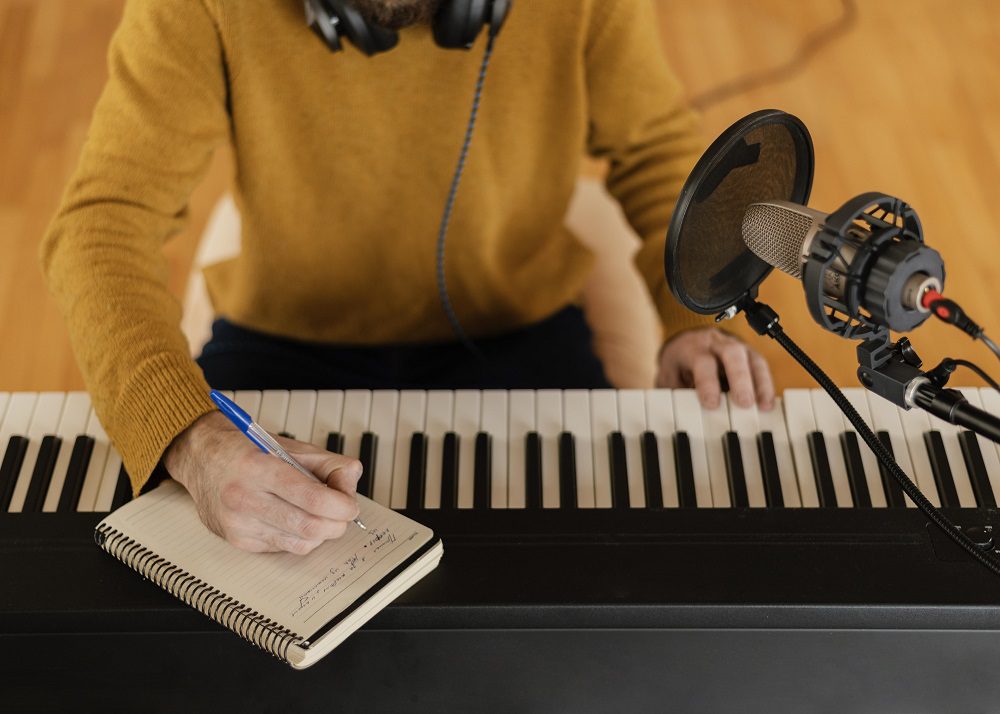Introduction
Global aphasia is a severe disorder involving profound impairment of all modes of receptive and expressive language. Music and music therapy may improve communication skills in different neurological disorders. The inclusion of sound and music within the rehabilitation process is associated with the capacity to stimulate brain areas involved in emotional processing and motor control, like the fronto-parietal network.
Case Presentation
A 57-year-old female presented with complaints of left intraparenchymal fronto-temporo-parietal cerebral hemorrhage and right hemiplegia.
Physical Examination
- Psychological findings indicated a depressive mood.
- The MRI that the patient underwent indicated extensive foci with inhomogeneous signal in the left capsular nucleus region and ipsilateral insular fronto-parietal region, with the cortico-subcortical distribution.
- The patient was evaluated before (T0) and after (T1) the 6- month rehabilitative program.
- The assessment was conducted by administering the Token test, Aphasic depression rating scale (ADRS), levels of cognitive functioning (LCF), and Coma Recovery Rating Scale Revised (CRS-R).
Clinical Examination
- The patient was not able to perform simple orders and presented a severe impairment of auditory and written comprehension.
- Eloquence was characterized by the stereotypical emission of monosyllabic sounds and indicated compromised praxis-constructive abilities.
- Concerning facial play, gestures, or vocal utterances were absent.
- The gestures were mostly aimless, with a bodily attitude of closure.
- Psychological findings indicated frequent episodes of crying, opposite behaviors, and apathy.
Treatment
- The rehabilitative program consists of cognitive rehabilitation, speech therapy, and neurological music therapy.
- The cognitive rehabilitation session was focused on attention through attention process training (ATP).
- The structured speech therapy rehabilitation was focused on phonemic discrimination exercises, naming, and recognition of objects and figures.
- Neurologic music therapy consists of the therapeutic application of music stimulation through standardized techniques to bring improvements in several cognitive domains.
- Among these techniques, because of the patient’s pathology, it was decided to use SYCOM (Symbolic Communication Training through Music) and MUSTIM (Musical Speech Stimulation).
- During SYCOM the patient was asked to play a certain pattern of their instrument to communicate a certain word or phrase.
- During MUSTIM the patient’s favourite songs were used, then stopped at a certain point to stimulate the desire to fill in the blanks.
Clinical Outcome
- The effect of rehabilitation treatment was measured by improved cognitive and language performance.
- Music rehabilitative interventions and continuous speech therapy improve visual attention and communicative intentionality.

